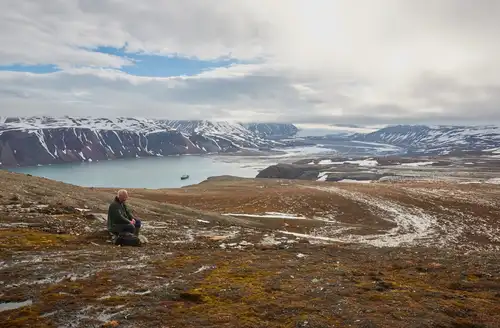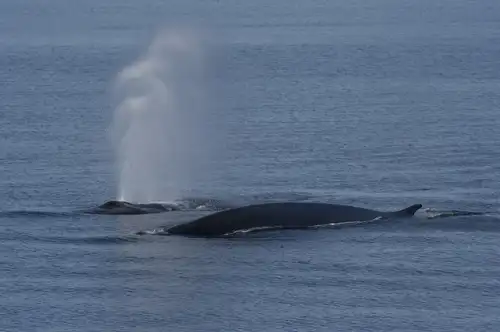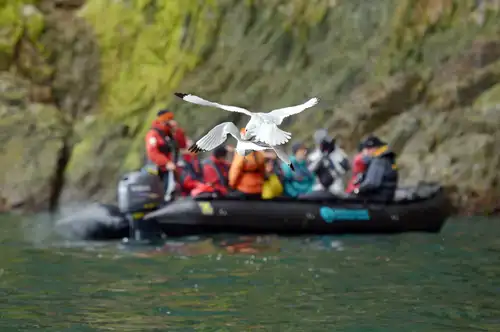Most Arctic expedition cruises can be categorized into two main types: those that operate during the autumn and winter, focusing on the northern lights, and those that sail during the high season (mid to late summer), concentrating on a broader range of experiences.
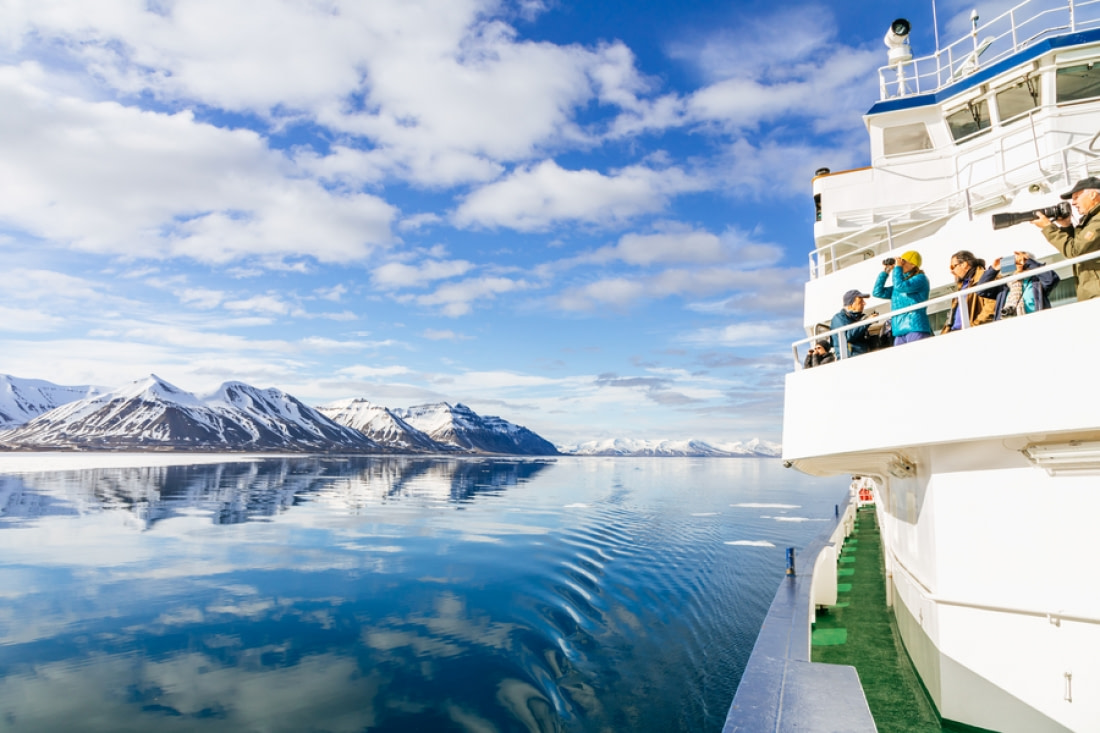
However, if you're open to a slight drop in temperature, there's a third option worth considering.
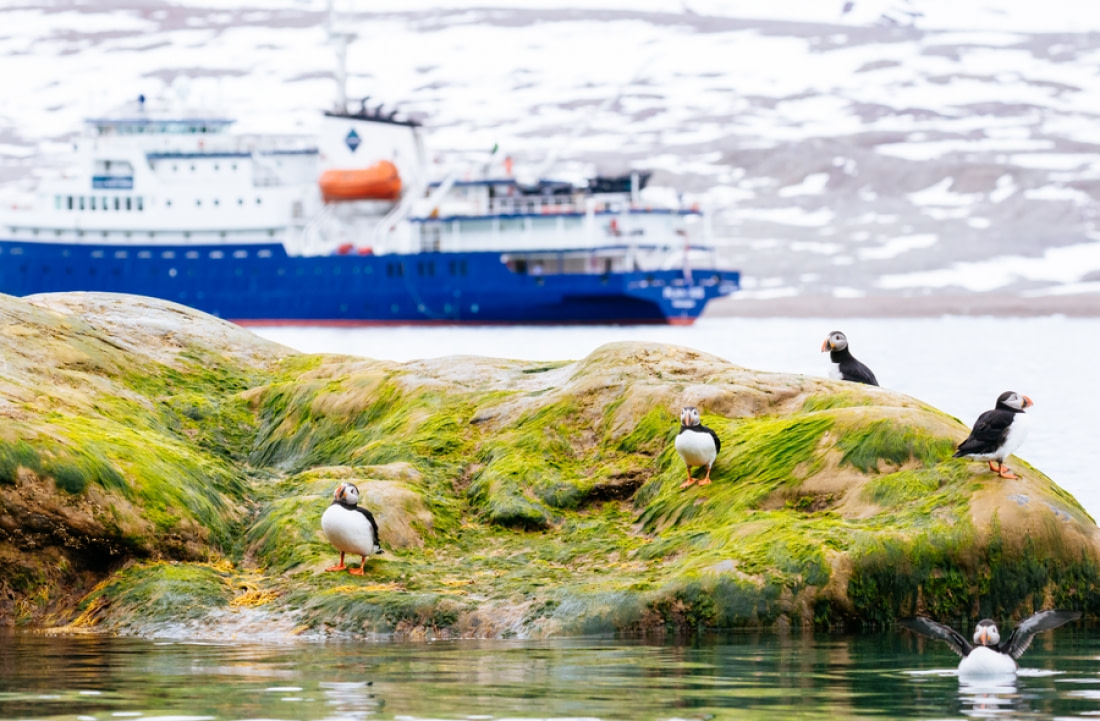
This option involves cruises to Spitsbergen from late spring through early summer, a period that is often overlooked but offers unique advantages in the Arctic travel calendar.
Here's why this time frame is exceptional in terms of weather, activities, and wildlife.
Weather: Experience the Transition from Winter to Summer
If you're a polar enthusiast who prefers glittering icebergs and sprawling glaciers over balmy beaches, the early Spitsbergen season is perfect for you.
During this time, snow still clings to the mountains and patches of tundra, and pack ice lingers along many coastlines. Although the weather is warmer than the March and April lows of –10° C (14°F), you'll still feel the Arctic's presence.
But isn't that part of the allure?
Activities: Core Spitsbergen Excursions in Full Swing
Zodiac cruising, landings, shoreline and inland walks, and other non-supplementary expedition activities are all available during Spitsbergen’s late spring and early summer.
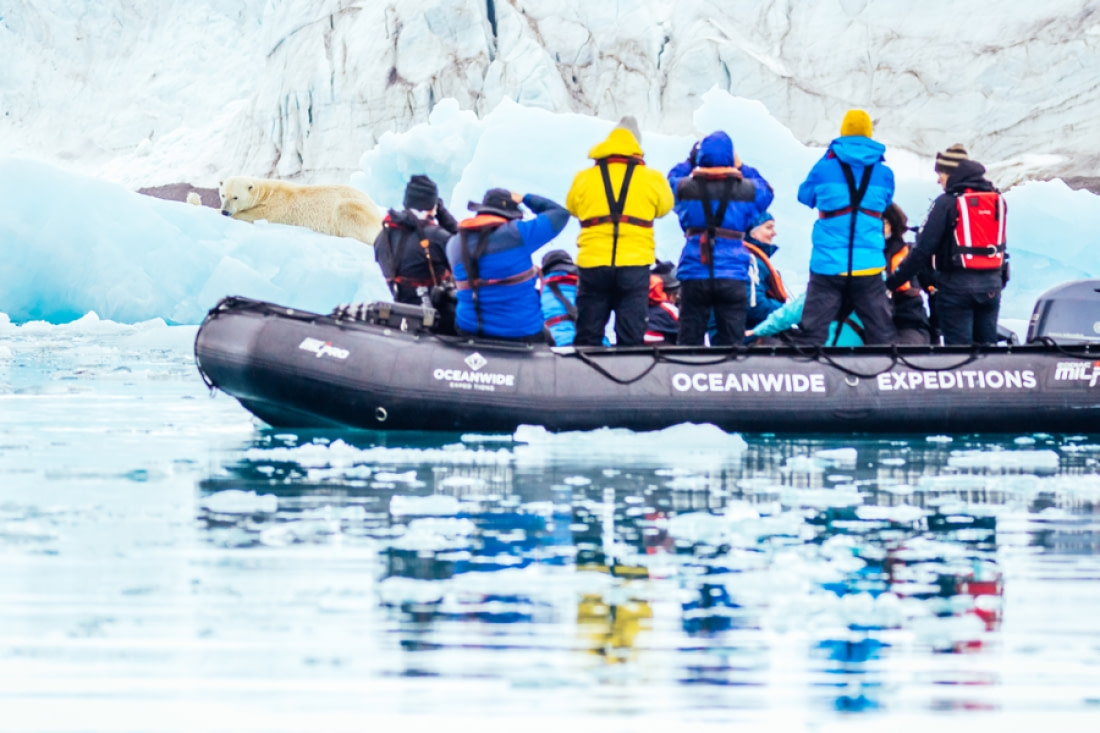
As winter transitions to summer, you can enjoy these activities in relatively mild Arctic temperatures. You're also less likely to encounter blockages in the fjords, bays, or waterways of Spitsbergen.
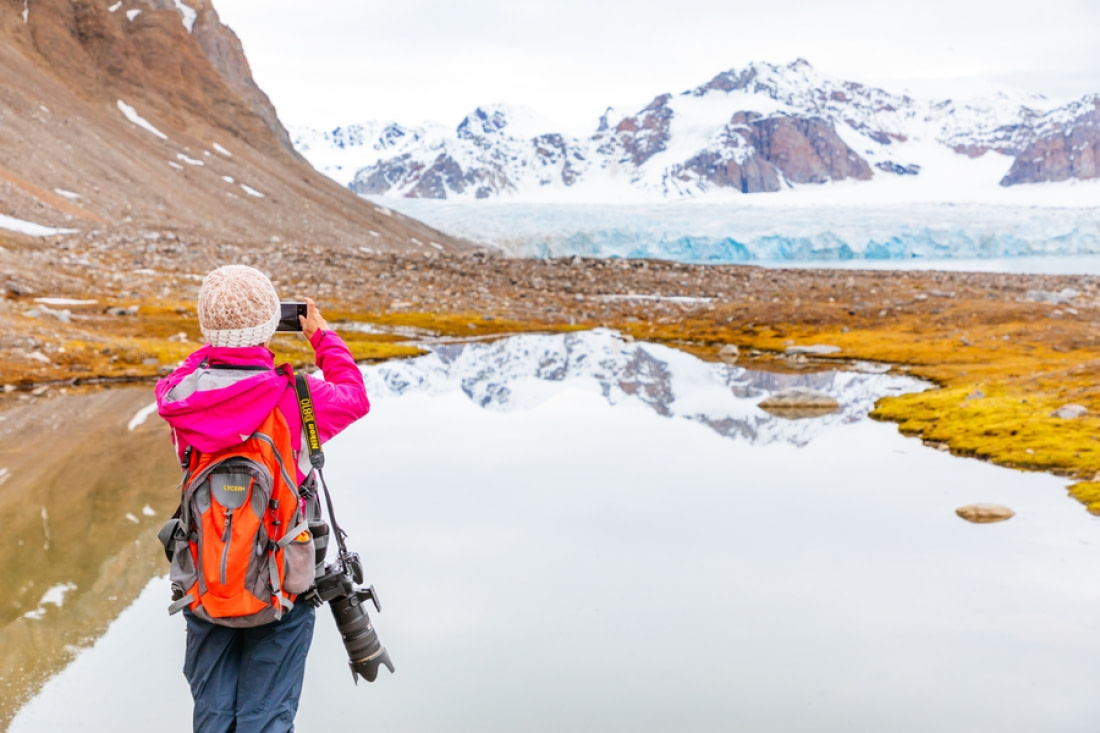
With Svalbard’s wildlife becoming more active, late spring through early summer is an ideal time to visit.
Wildlife: A Full Spectrum of Spitsbergen Fauna
Polar bears hunt on the pack ice,
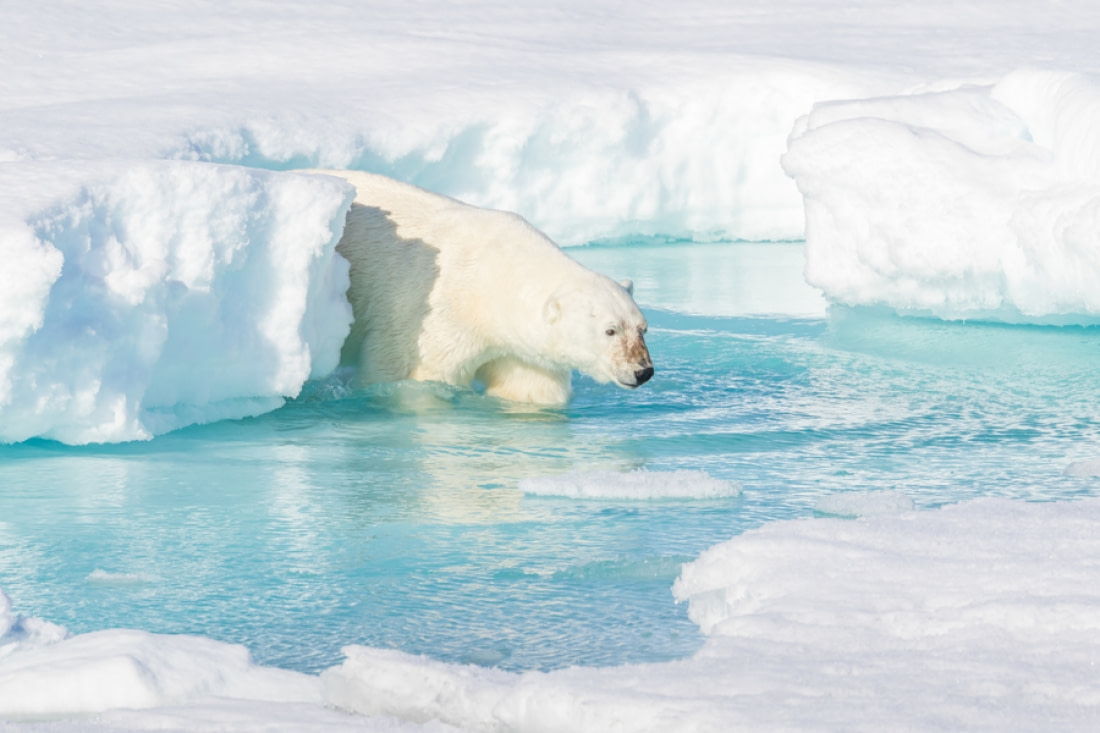
walruses lounge on the shores,

and cliff-nesting birds settle into breeding perches below peaks still gripped in winter ice.
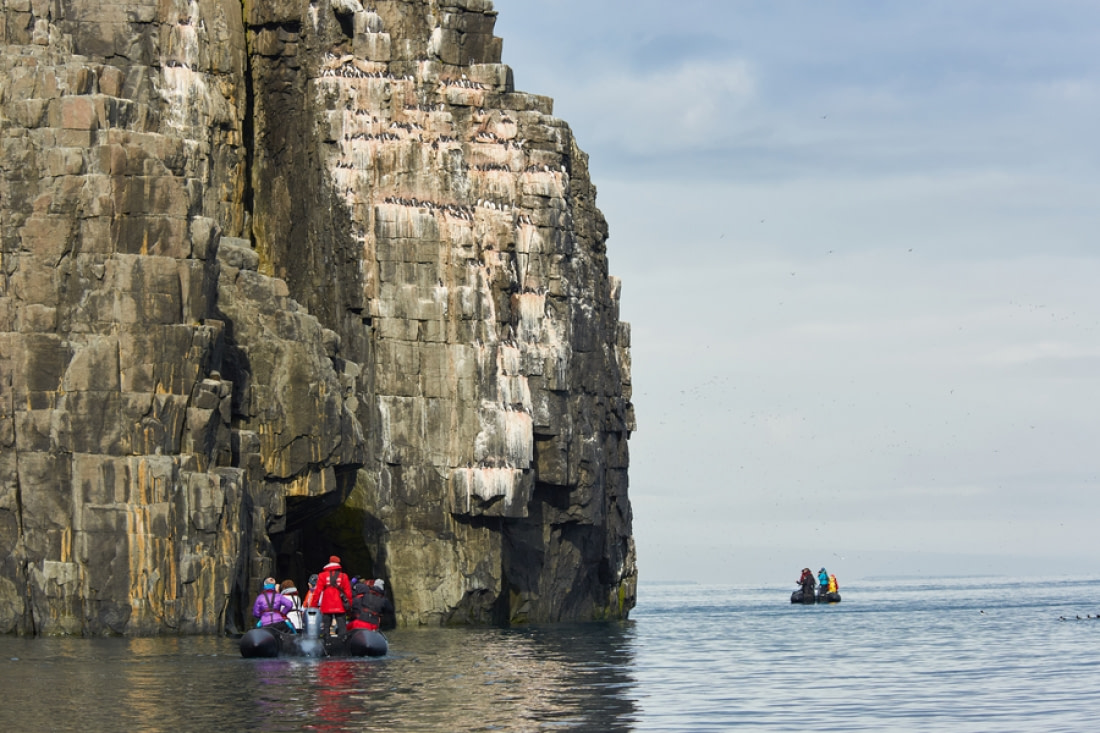
Early in Spitsbergen’s high season, you have some of the best opportunities to observe Arctic wildlife. Seabirds like kittiwakes, little auks, Brünnich’s guillemots, and black guillemots are all present.

Arctic foxes search for fallen chicks and eggs at the cliff bases, reindeer graze on the tundra,
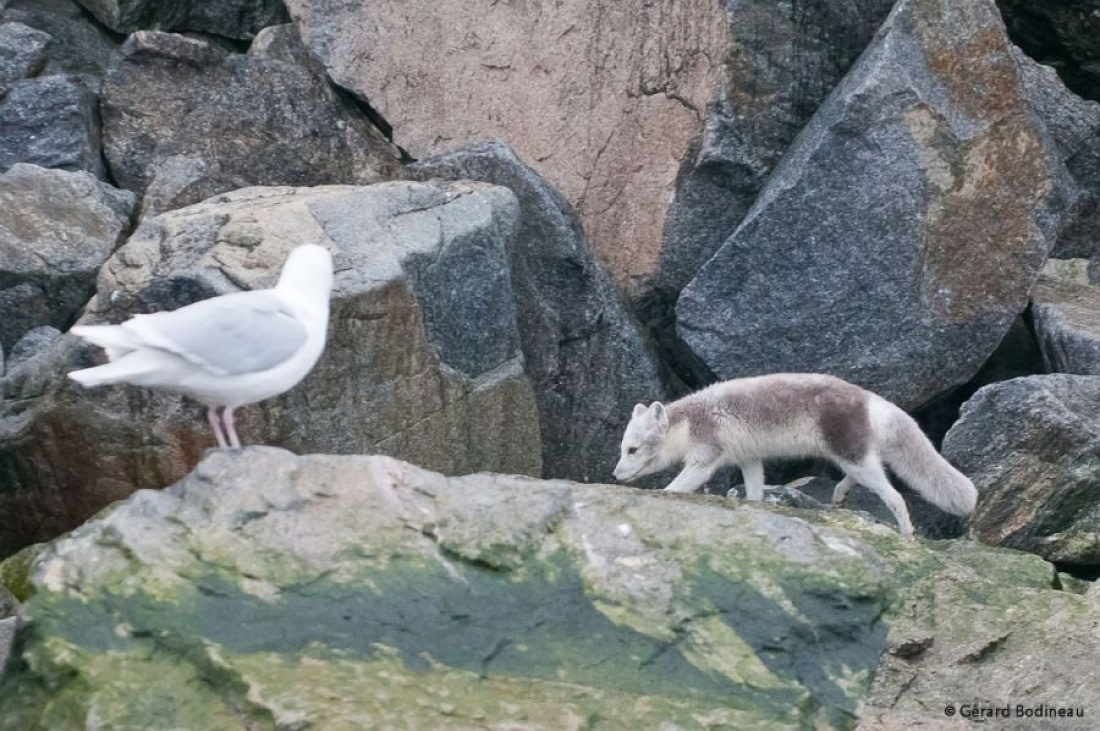
and various species of seals (bearded, ringed, etc.) can be spotted, depending on your route.
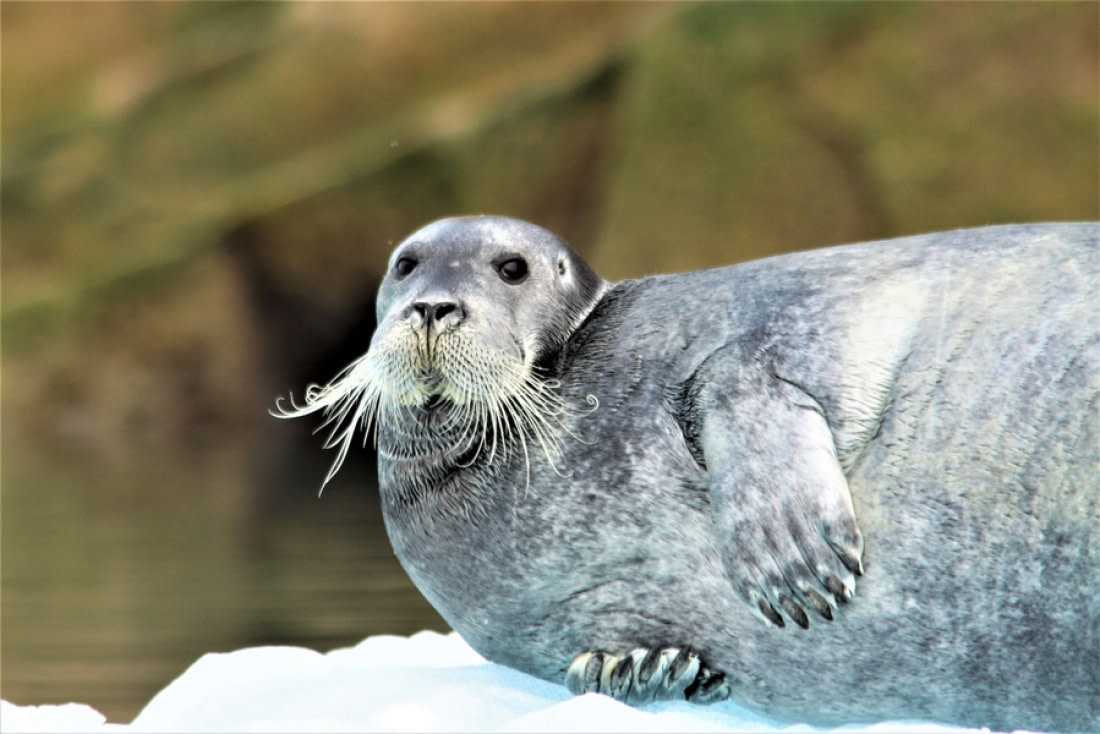
In other words, bring a camera and plenty of memory cards when you visit Spitsbergen in the early season.
Summary of Spitsbergen’s Stunning Late Spring, Early Summer
What New York is in the autumn, Spitsbergen is in the late spring and early summer.
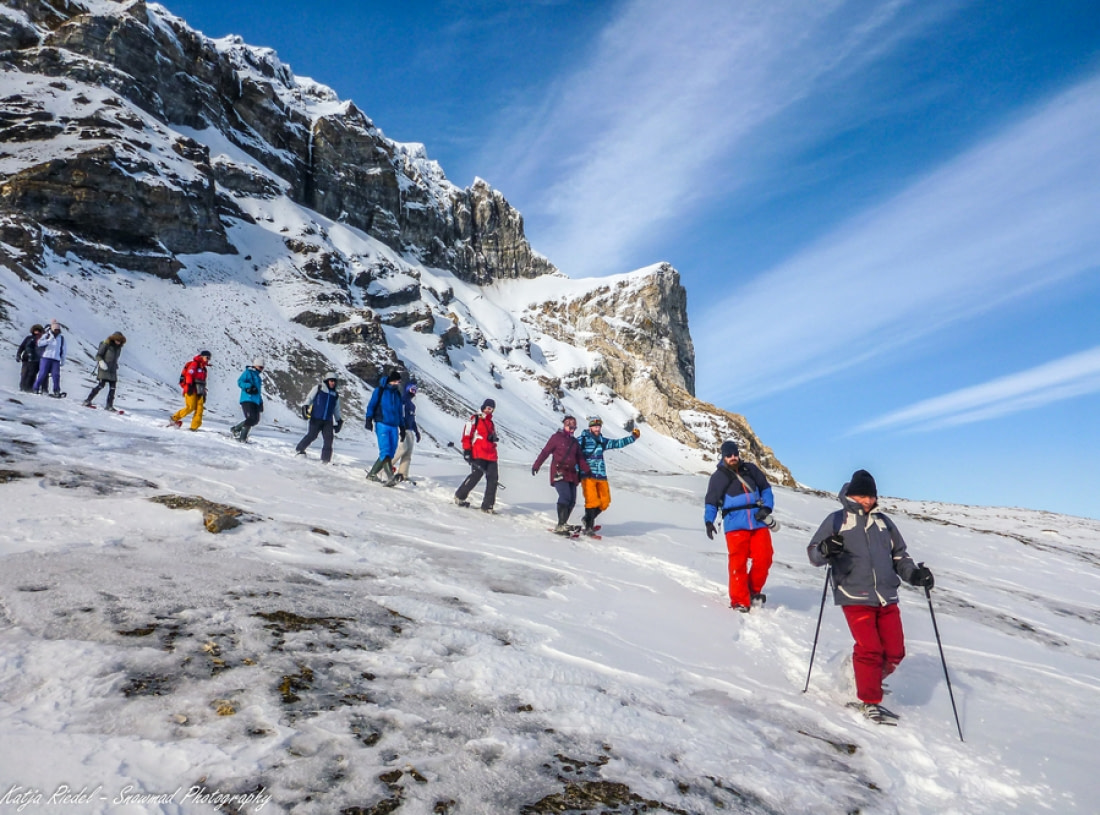
During this magical time of year, you can sail through expansive fjords and ice-scattered bays, walk along rugged beaches and vast flowering inlands, and view colossal glaciers, towering mountains, and unique polar species.
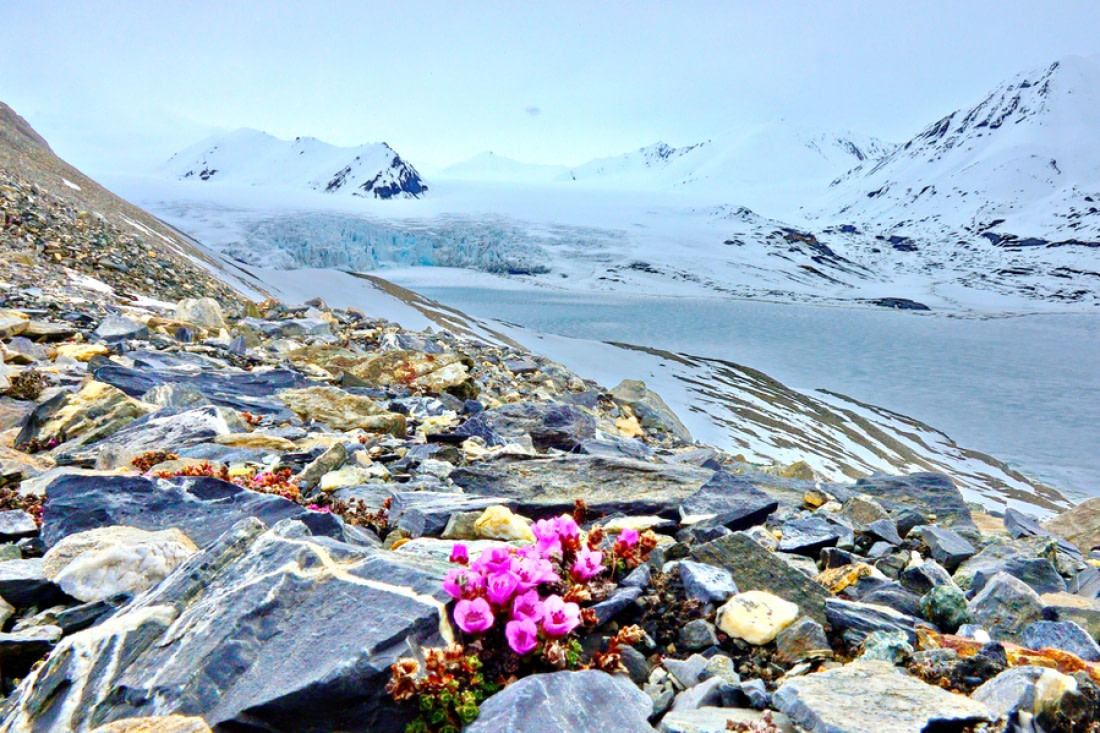
But don't worry if you can't make it precisely during this period; the best time to take a Spitsbergen trip is always as soon as possible.
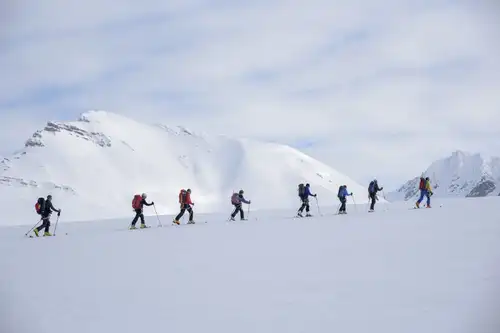



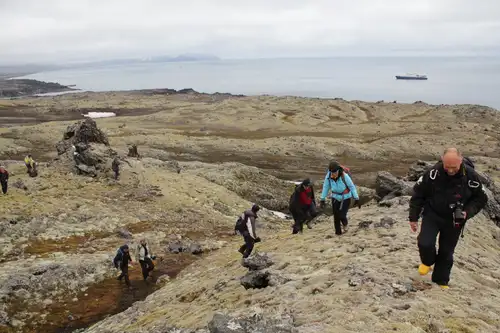
Related Trips
Blog



Top 10 Tips for Packing Your Polar Photography Equipment

The Small Mammals of the Arctic and Antarctica

The History of Antarctica in Maps
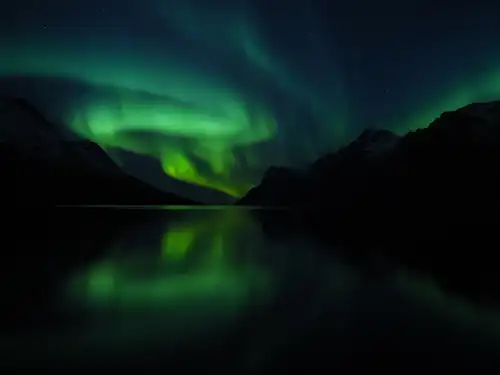
10 Illuminating Facts about the Northern Lights
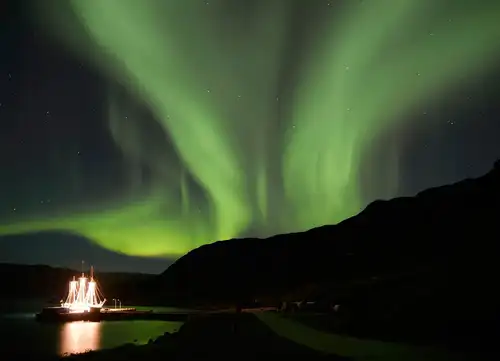
North Norway, Northern Lights, and All the Pretty Whales
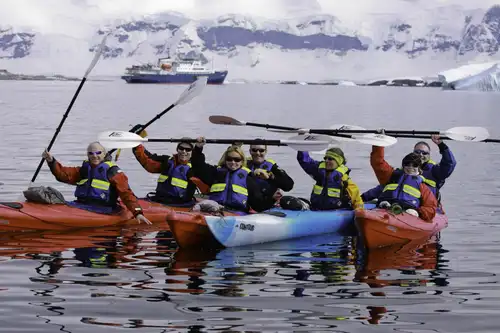
A Day of Basecamp in Antarctica – Paradise Harbour

Antarctica Cities (and Five Other Things That Don’t Exist There)
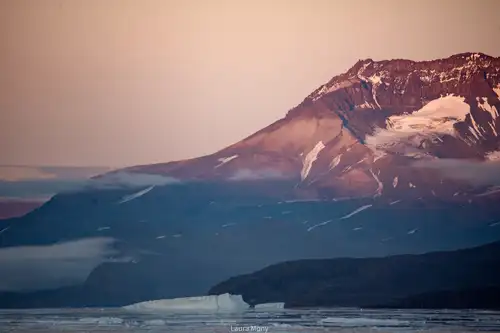
The Arctic’s Most Phenomenal Fjords

The Arctic Borderland of Kongsfjorden, Svalbard
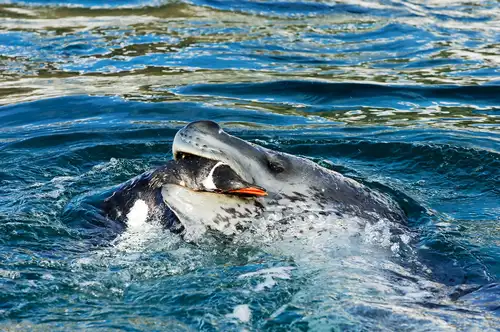
Danger Beneath the Water: 10 Facts About Leopard Seals
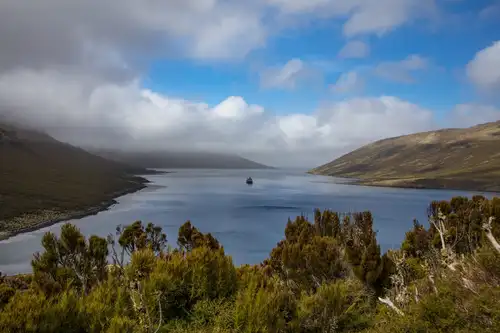
Visiting the Nearly Unknown: New Zealand’s Campbell Island

Exploration of the Polar Regions
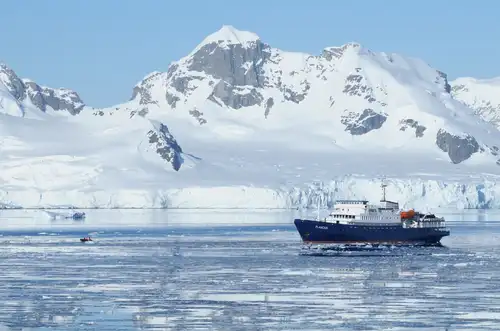
The Ultimate Traveler’s Guide to the Arctic and Antarctica
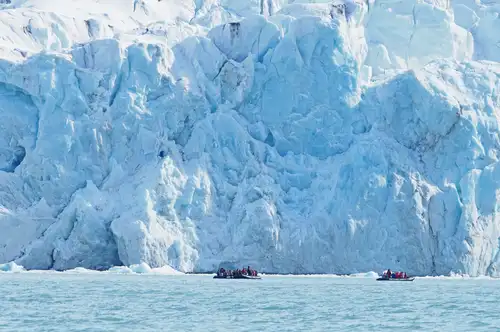
Get to Know Your Ice
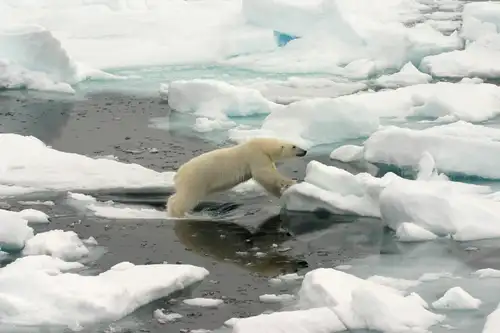
Spitsbergen: a true polar bear trip
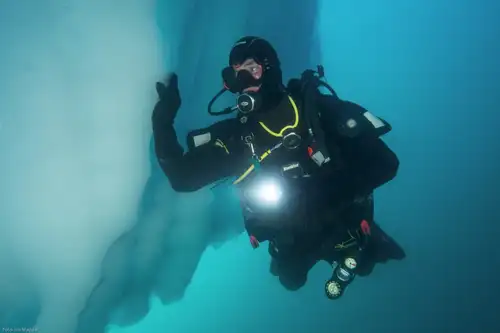
Polar Diving: A Supreme Underwater Adventure
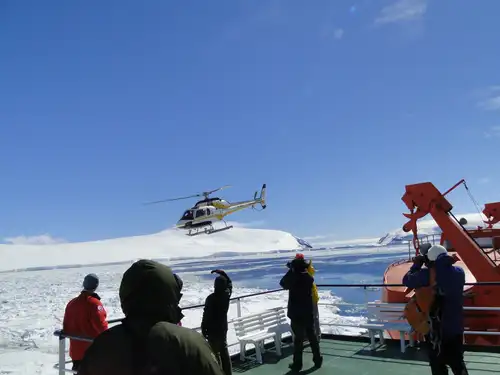
The Wonderful Weddell Sea: Places, Pics, and Impressions

Fierce and Feathered: the Skuas of Antarctica
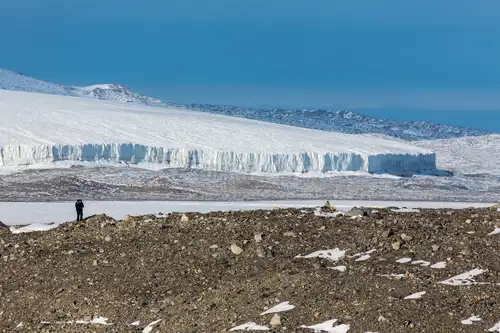
The Secret Life of Glaciers: How They Form, Move, and Melt




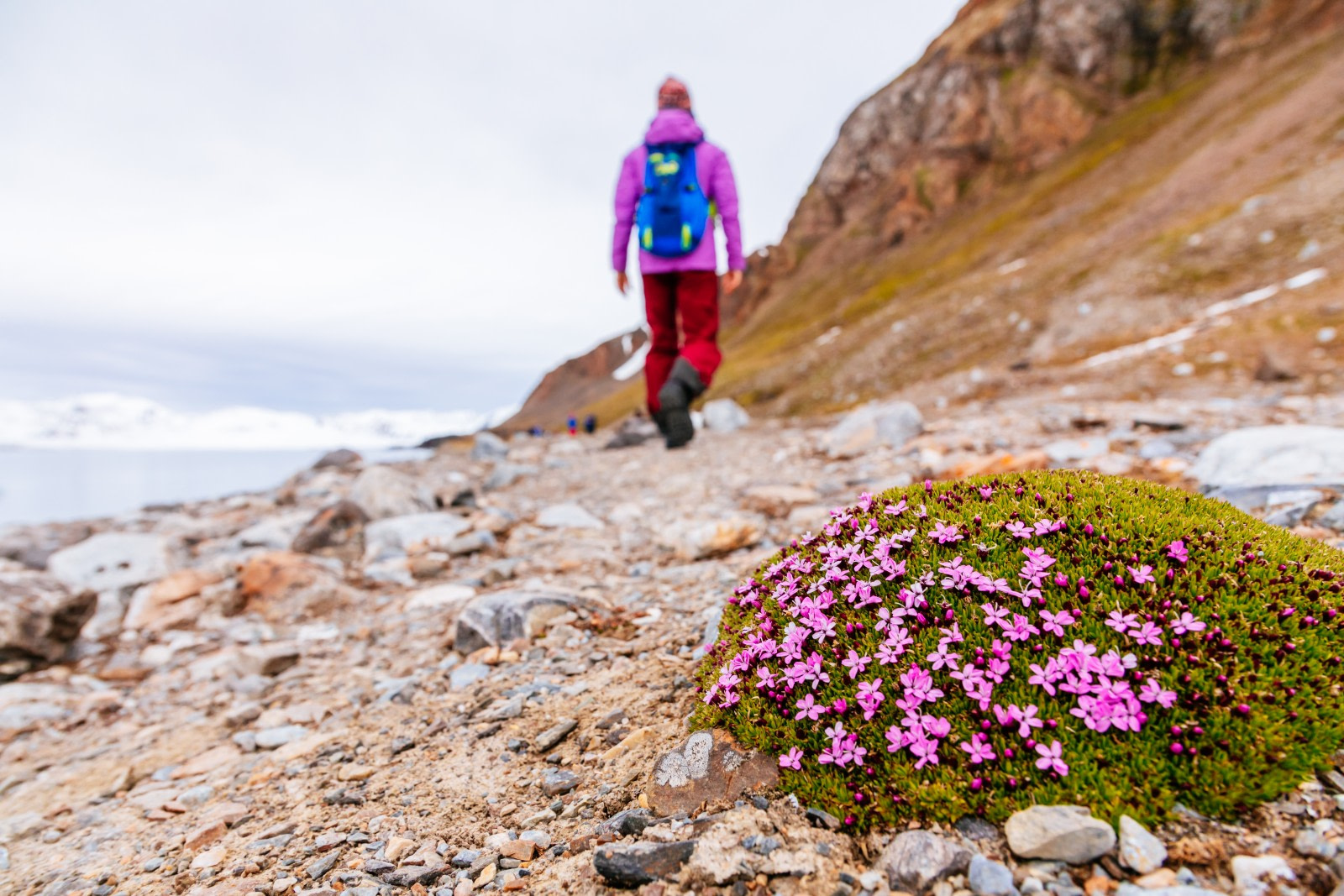

 8 Days / 7 Nights
8 Days / 7 Nights



